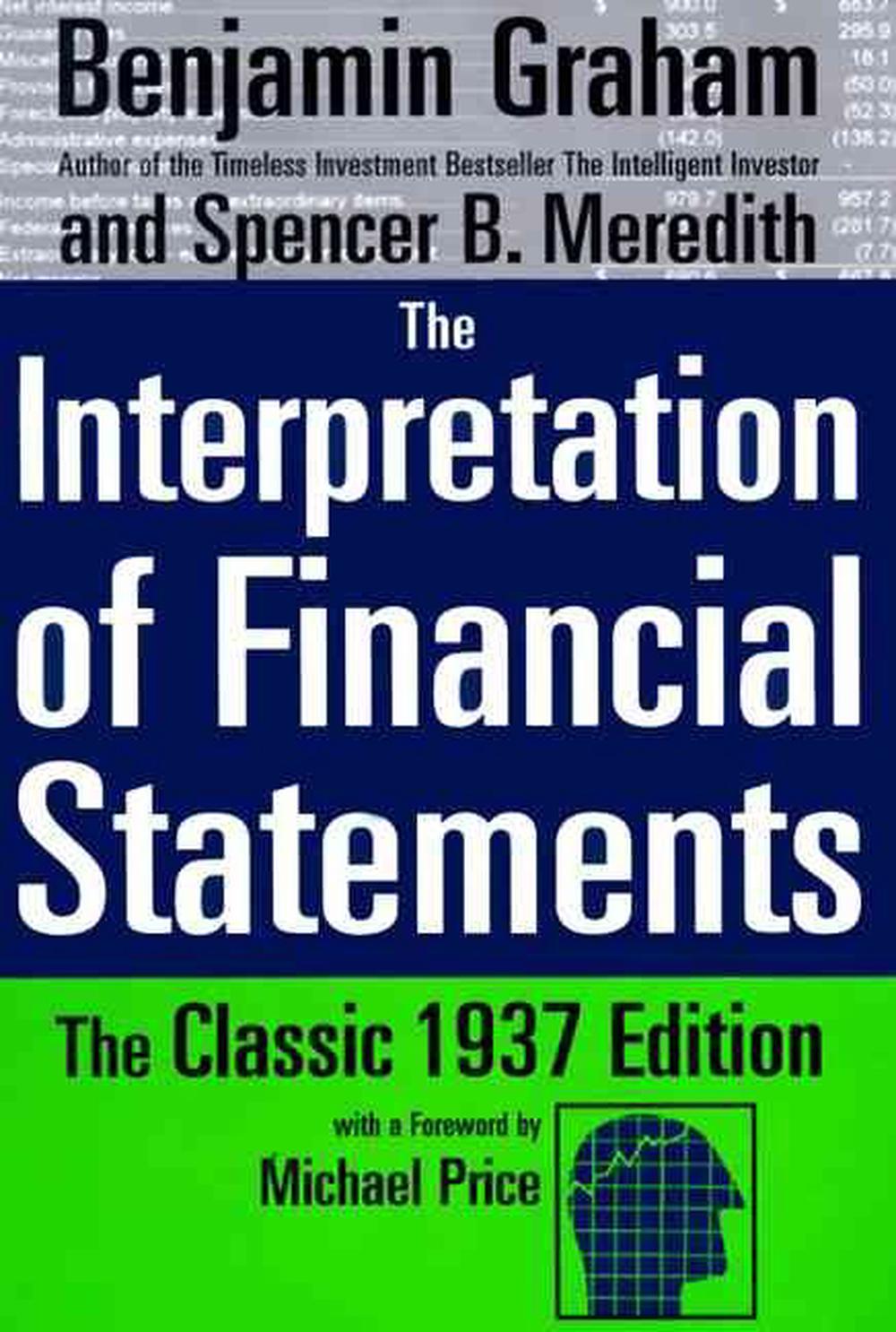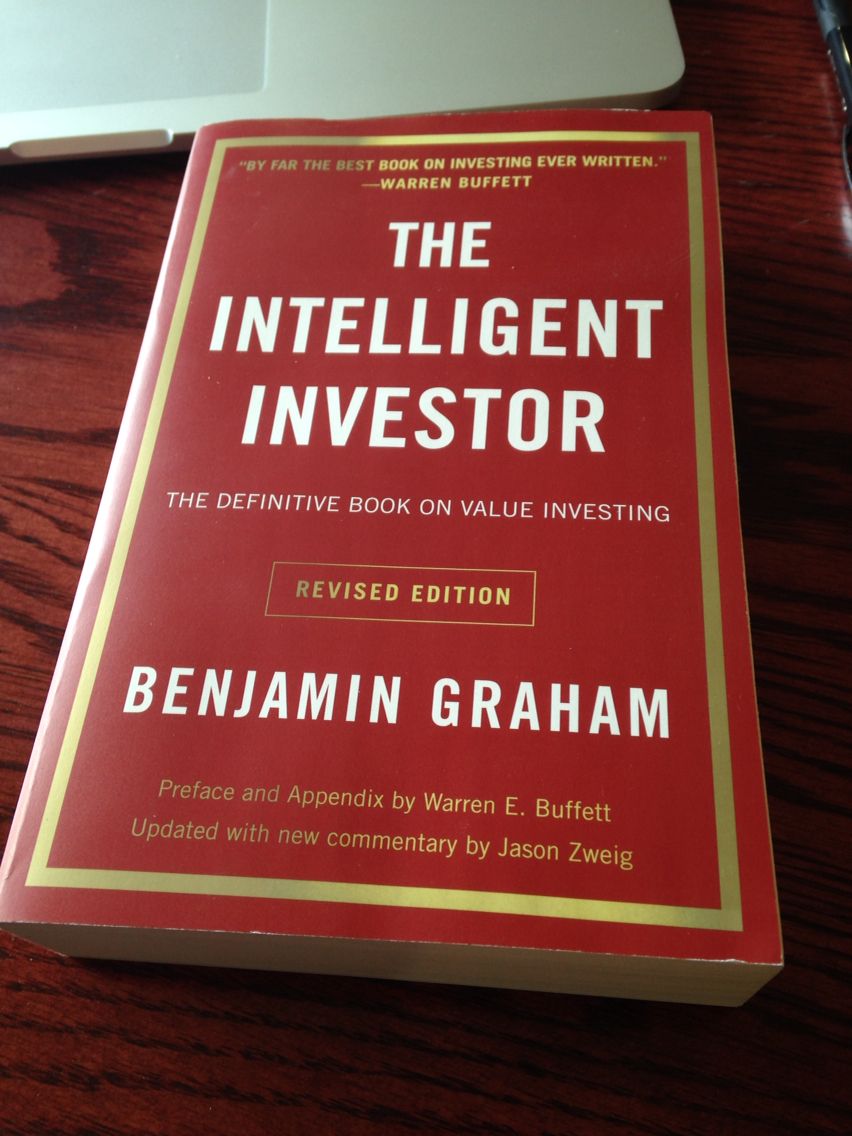
Introduction
In the world of investing, the ability to accurately interpret financial statements is crucial for making informed decisions. Renowned as the father of value investing, Benjamin Graham emphasized the importance of understanding a company’s financial health through its income statement and balance sheet. This article explores Graham’s key takeaways on financial analysis, offering valuable insights for both novice and experienced investors.
1. The Importance of Financial Statements
Income Statement: The income statement provides a detailed overview of a company’s revenues and expenses over a specific period, typically a quarter or a year. It starts with total revenues, from which costs of goods sold are subtracted to determine the gross profit. Operating expenses, such as wages, utilities, and depreciation, are then deducted to arrive at operating income, or EBIT (Earnings Before Interest and Taxes). Finally, after accounting for interest and taxes, the net income reflects the company’s profitability.
Balance Sheet: Unlike the income statement, the balance sheet offers a snapshot of a company’s financial position at a specific point in time. It is divided into two main sections: assets and liabilities. Assets represent what the company owns, including both tangible assets (like machinery and real estate) and intangible assets (like patents and brand value). Liabilities indicate what the company owes, and the difference between assets and liabilities is the shareholder equity, representing the net worth of the company from an investor’s perspective.
2. Industry-Specific Metrics
Graham highlighted that various financial metrics can provide different insights depending on the industry context. Here are three key indicators to consider:
- Net Margin: This ratio is calculated by dividing net income by total revenue. It indicates how much profit a company retains per dollar of revenue. However, acceptable margins vary widely across industries; for instance, a 5% margin may be poor for a tech firm but excellent for a retail business.
- Current Ratio: This is the ratio of current assets to current liabilities. A ratio above 1 suggests a company can meet its short-term obligations. Graham advised a current ratio of at least 2, but this varies by industry; construction firms may operate with lower ratios if they have stable profits.
- Price-to-Book (P/B) Ratio: This ratio compares a company’s market value to its book value. A low P/B ratio may indicate an undervalued stock, but industry characteristics must be considered, as some sectors naturally have lower ratios.
3. The Dangers of Watered Stocks
Graham introduced the concept of “watered stocks,” referring to companies that inflate their asset values, particularly intangible assets. For example, a company may list a catchy jingle as a $40 million asset, misleading investors about its actual value. Graham cautioned that investors should focus on income statements, which reflect the true economic value of assets. Overstated assets can lead to significant future write-downs and negatively impact net income, creating risks for investors.
4. Liquidation Value: Assessing Intrinsic Value
Investors should assess a company’s intrinsic value, which can be approximated by its book value. When a company’s market capitalization is less than its book value, it may present a buying opportunity. However, caution is warranted, as inflated asset values can distort this perception. Investors should be mindful that:
- Current assets are typically valued more accurately than fixed assets.
- A company may be in a poor negotiating position during liquidation, leading to asset sales below market value.
- The nature of a company’s assets matters; specialized assets may be harder to sell than more liquid ones.
5. The Quantitative and Qualitative Approach
Graham advocated for a two-step investment strategy:
- Quantitative Analysis: This involves filtering out companies based on financial metrics and ratios to identify those that appear healthy.
- Qualitative Analysis: This entails evaluating market trends, competition, and scalability to determine a company’s potential for growth.
While quantitative analysis provides a solid foundation for investing, qualitative insights can differentiate between average and exceptional investment opportunities. As investor Philip Fisher noted, understanding both the numbers and the context is essential for achieving above-average returns.
Conclusion
Benjamin Graham’s teachings on the interpretation of financial statements remain relevant in today’s investing landscape. By understanding the intricacies of income statements and balance sheets, recognizing industry-specific metrics, and assessing both quantitative and qualitative factors, investors can make more informed decisions. Ultimately, successful investing requires a keen eye for detail and a thorough analysis of a company’s true value. By adhering to Graham’s principles, investors can better navigate the complexities of the stock market and identify valuable opportunities.




